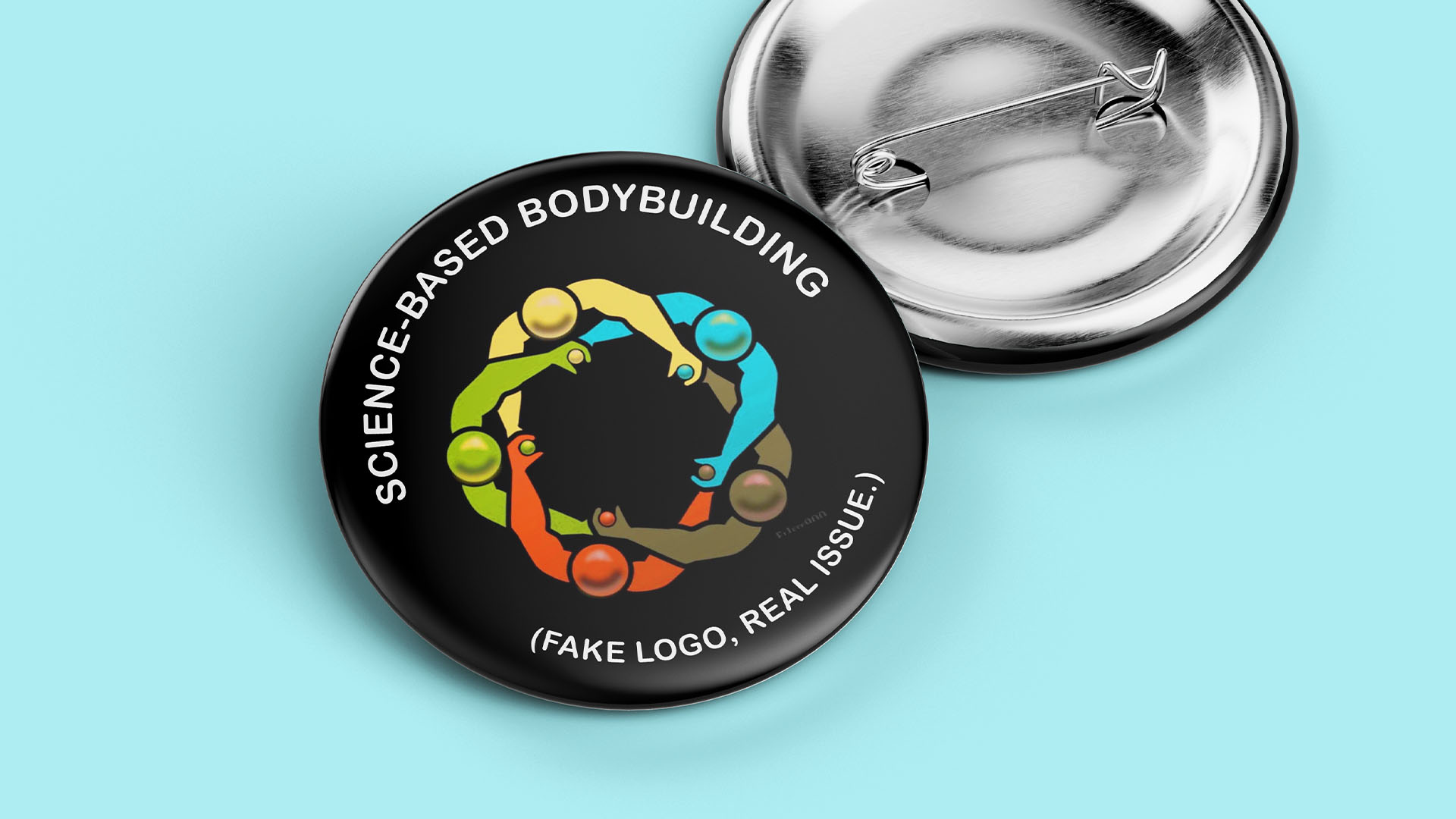
Fake Logo, Real Issue: Why Companies Need to Proof Before Publishing
Jun 12, 2025
Yesterday, I shared what I thought would be a quick chuckle on LinkedIn, a logo with unintended innuendo. I didn’t expect the number of reactions, with the vast majority getting the joke, and a vocal minority crying “fake news!” (welcome to 2025, ey)
Why I Used a Fake Instead of Real Examples
I could have easily used actual examples from my local area. There’s the bakery whose silhouette cake logo looks suspiciously like the turd emoji. Or the primary school whose well-intentioned character designs unfortunately resemble children performing Nazi salutes rather than waving hello. Then there’s the college whose “monochrome” diversity logo ended up looking like a toy banned in the UK in the 1970s.
But I chose not to name and shame these well-intentioned local businesses. Instead, I shared a fake meme that I found funny which was sent to me by a fellow designer. I wasn’t sure where the meme originated from but several comments suggested it was from the “Magic the Circle Jerking” subreddit, an AI-generated image as a joke that illustrates the same point.
The Real Issue
We’re living through an era where bad design is accelerating rapidly. AI tools and accelerated design services have created a perfect storm where companies can get ‘professional designs for a fiverr’, but too many are skipping the crucial proofing stage and simply trusting whatever gets delivered.
The responses to my post perfectly illustrate why this matters. The fact that many people initially believed it could be real shows how normalized we’ve become to seeing poorly executed design. When a clearly problematic logo seems plausible, that says something about the current state of visual communication.
The Message Remains Valid
The fake logo served its purpose: it sparked conversation about design quality and the importance of proper review processes. Sometimes a well-chosen fiction can illuminate a very real problem.
My advice remains the same: always double-check before going live. Get a second opinion. Ask yourself: “Could this be misinterpreted?” Because while yesterday’s logo might have been fake, the embarrassment of releasing something genuinely problematic is very real, and there are countless daily examples.
If you have a design or development you’d like to discuss then simply get in touch and we can chat things through.